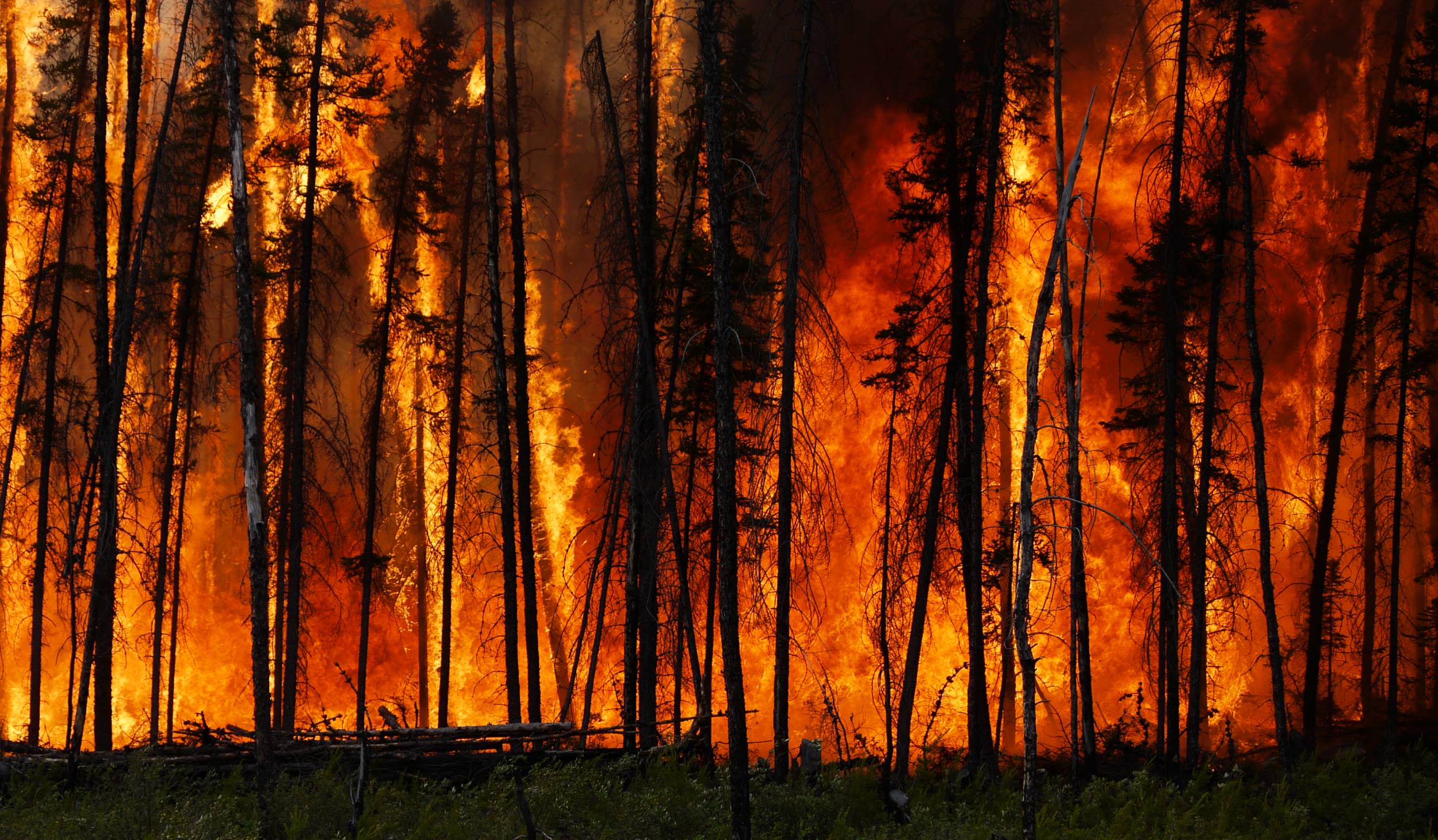
ESSIC Associate Research Scientist Kelly Brunt was recently featured in a NOVA Virtual Field Trip, where she spoke on her own field work as well as ICESat-2, the satellite laser altimeter working to accurately and precisely measure changes in our polar regions.
One of Brunt’s roles in the ICESat-2 mission is to assess the satellite’s accuracy. To do this, she and her team journey to the South Pole, where they collect data to verify ICESat-2’s measurements. Brunt is particularly concerned with Arctic sea ice loss and ice-sheet surface lowering, which she says deserve greater attention.
“What often makes the news with respect to changes in Antarctica are major iceberg calving events. I consider those to be the earthquakes of our field,” says Brunt, “But honestly, it’s when we have a centimeter of change over an entire continent — that is far more meaningful. Believe it or not, iceberg calving is part of the equation of snow coming in and working its way out. What’s not part of the equation is the whole lowering of the entire continent. That’s where we need to put in balance our concern and our focus.”
This video series is a part of NOVA Polar Extremes, a project dedicated to understanding how climate change is happening at the polar regions and what this can tell us about the future. More virtual field trips can be found on their YouTube channel.
Brunt is an Associate Research Scientist with Earth System Science Interdisciplinary Center, at the University of Maryland, and the Cryospheric Sciences Laboratory, at NASA Goddard Space Flight Center. Her broader interests include the remote-sensing and modeling of our ice-sheet margins.
To see the full video, click here: “How to Support a Satellite from the South Pole”.





